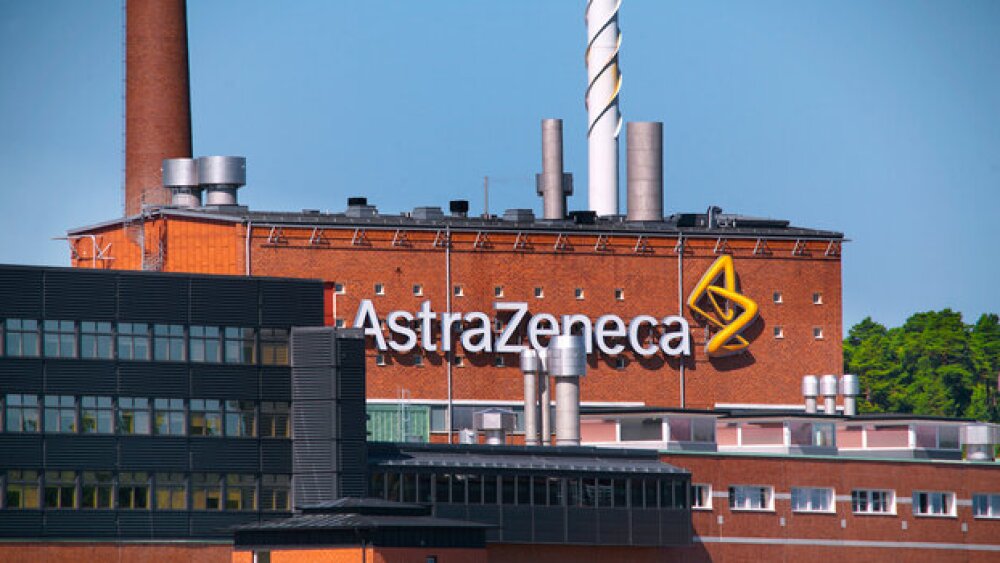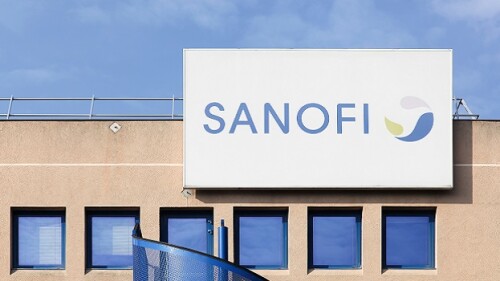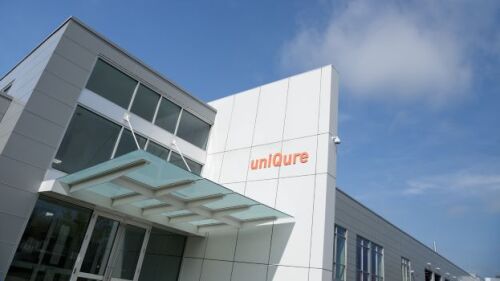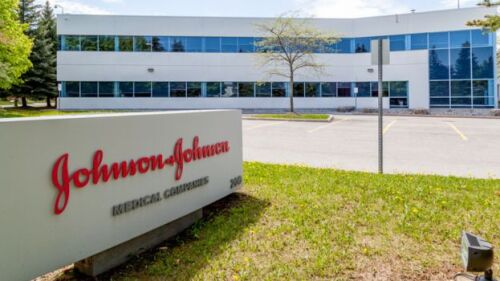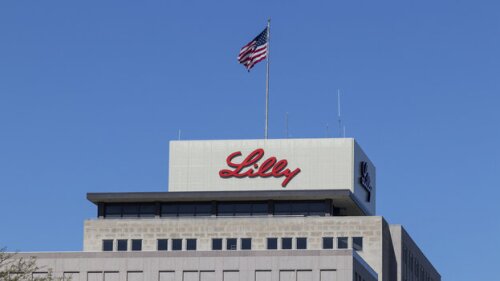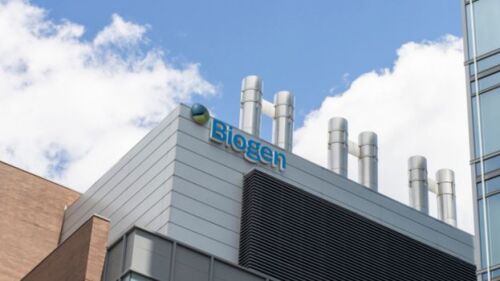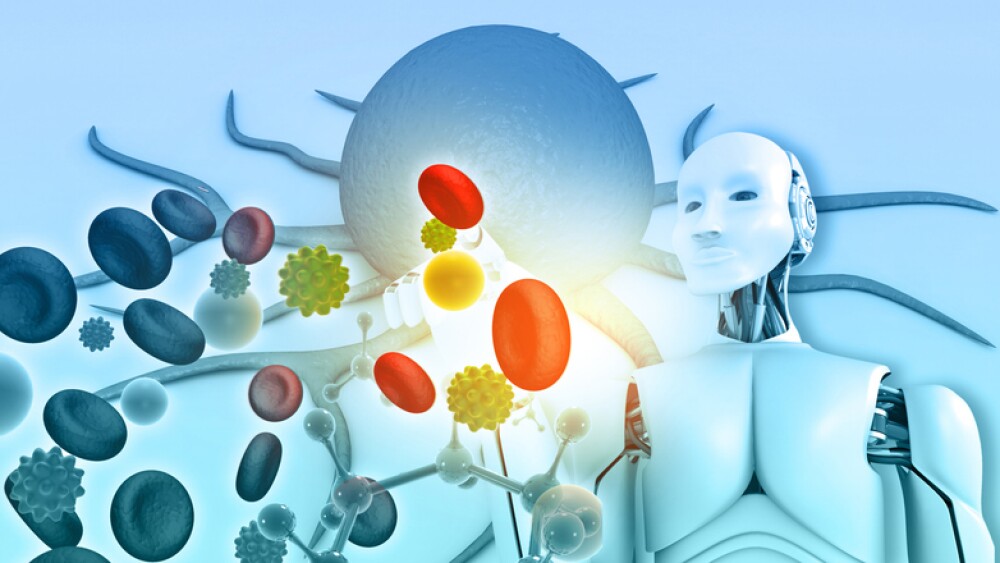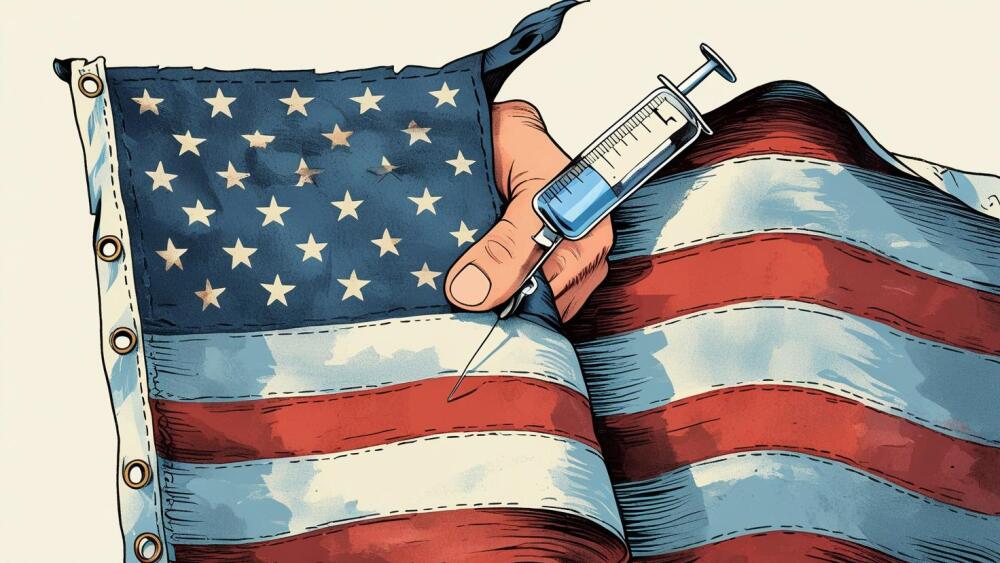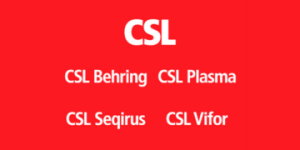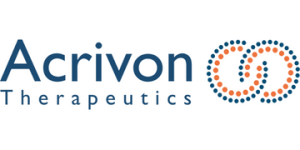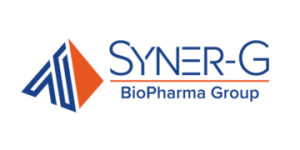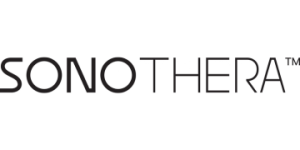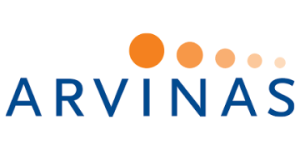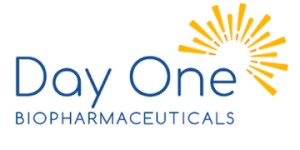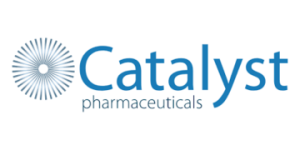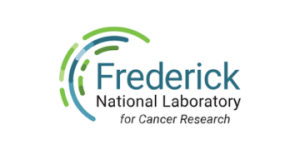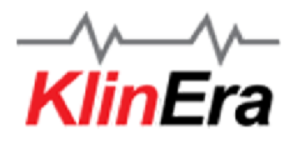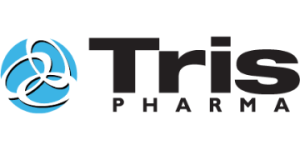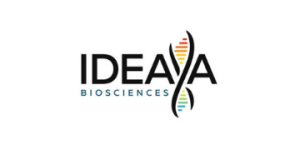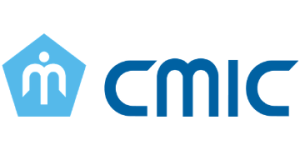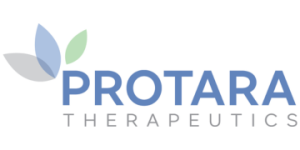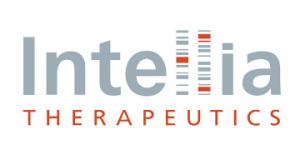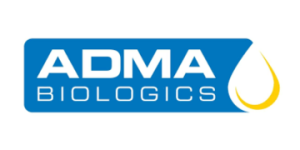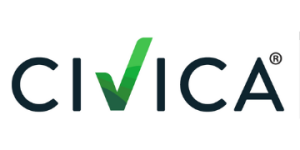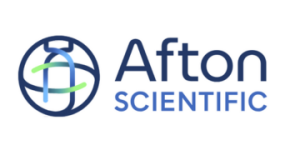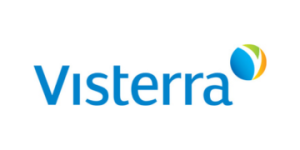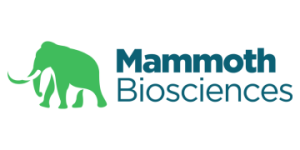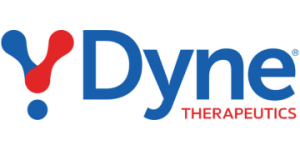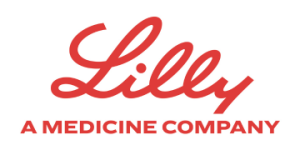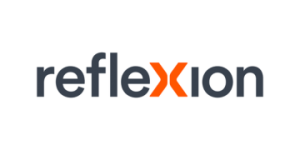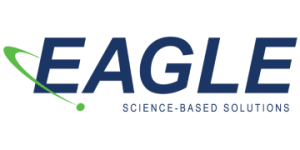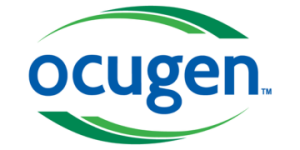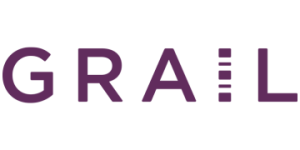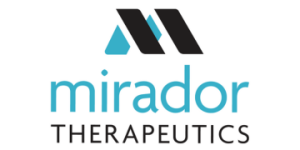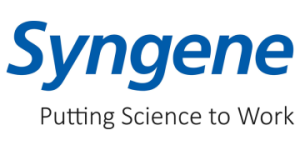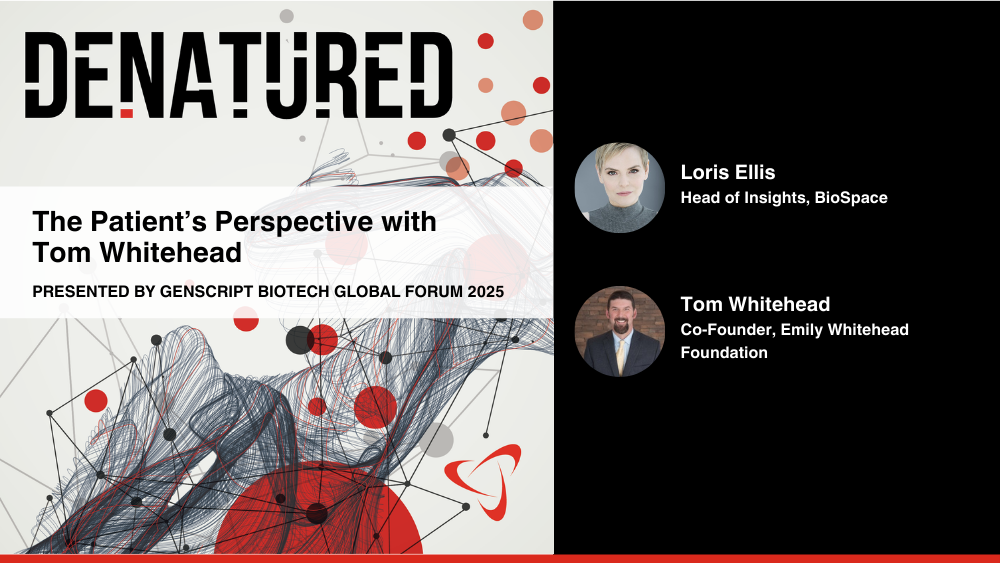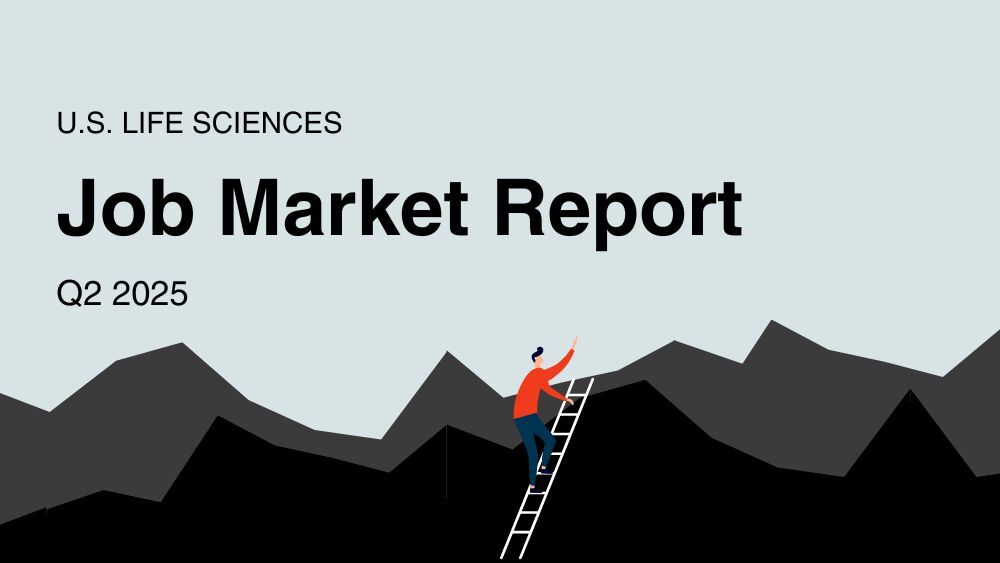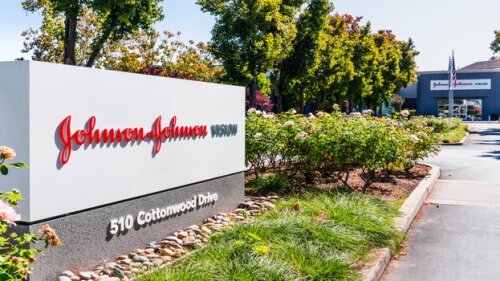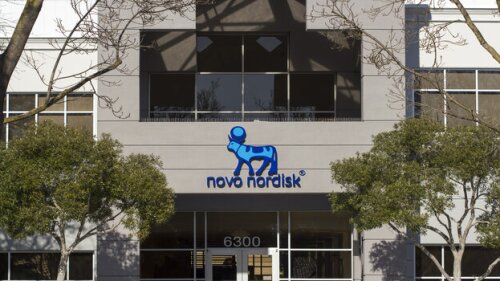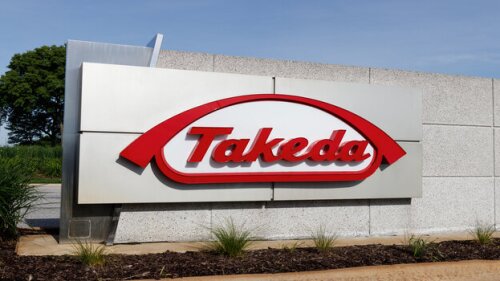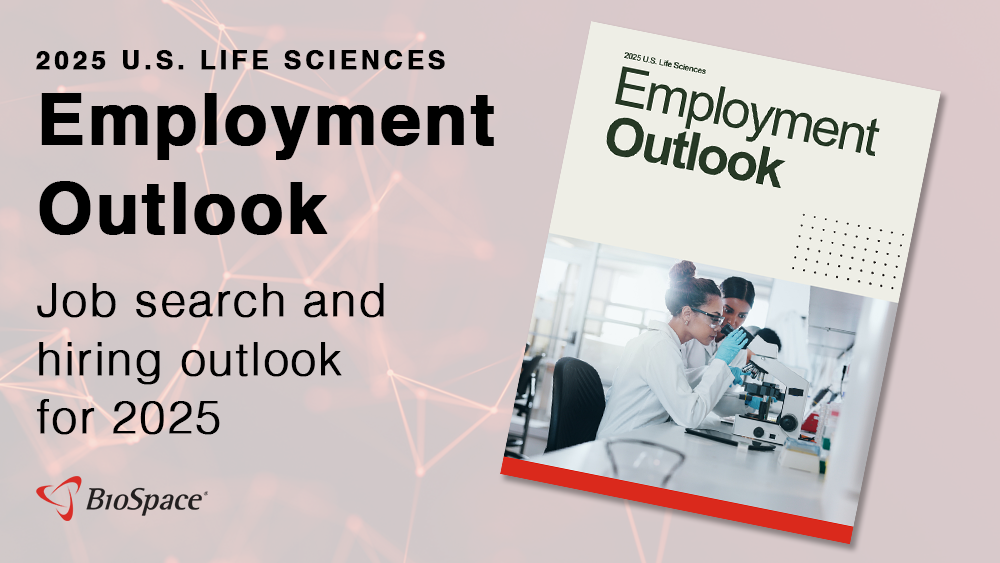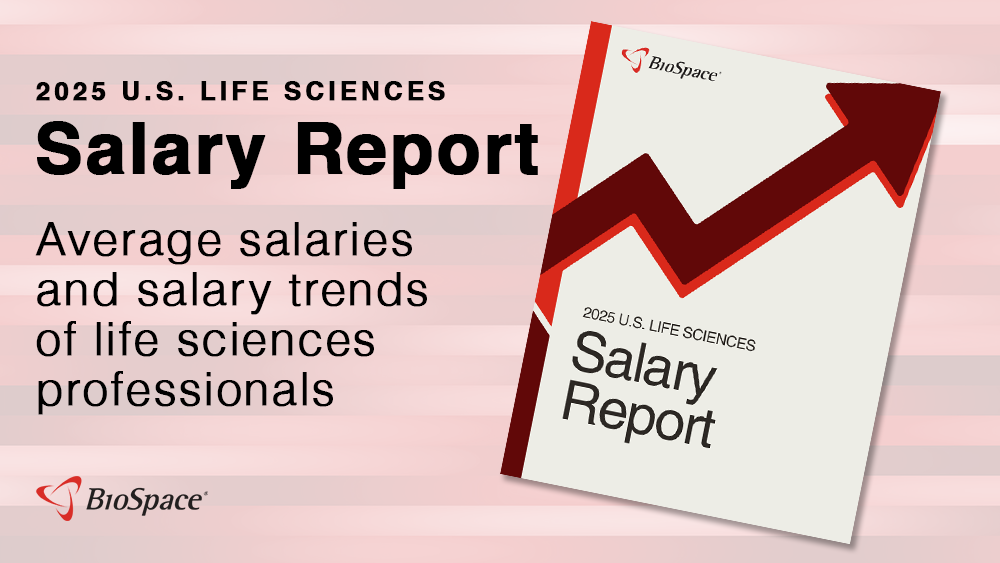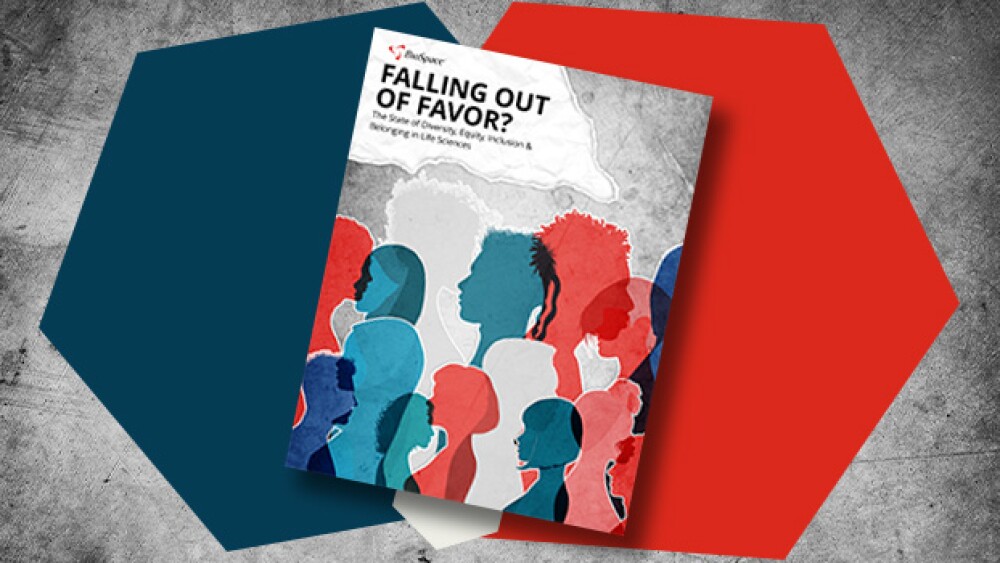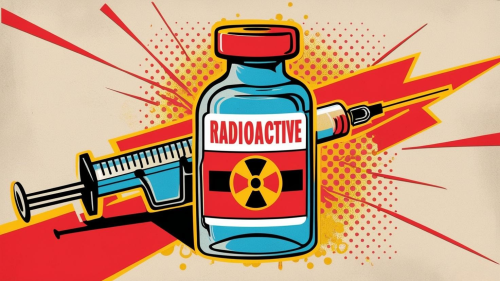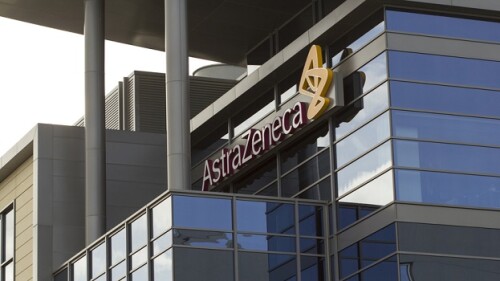Sanofi Ventures, which now has $1.4 billion in total assets, will focus its investment efforts on early players working in immunology, rare diseases, neurology and vaccines.
If approved, uniQure’s gene therapy AMT-130—which slowed disease progression by 75%—would be the first genetic treatment for Huntington’s disease. A BLA submission is planned for the first quarter of 2026.
The issues the regulator found include the failure to comprehensively review complaints and product defects.
Lilly expects to open 615 high-wage roles in Texas in connection with its new facility, plus around 4,000 construction roles.
The regulatory action marks the second rejection for a spinal muscular atrophy therapy this week after Scholar Rock’s apitegromab was issued a complete response letter on Tuesday, similarly on manufacturing grounds.
The FDA is hoping to repurpose GSK’s Wellcovorin for cerebral folate deficiency; Pfizer acquired fast-moving weight-loss startup Metsera for nearly $5 billion after suffering a hat trick of R&D failures; psychedelics are primed for M&A action and Eli Lilly may be next in line; RFK Jr.’s revamped CDC advisory committee met last week with confounding results; and Stealth secured its Barth approval.
FEATURED STORIES
Sanofi paid a more than 300% premium on its acquisition of Vigil Neuroscience, suggesting a fierce battle to seal the deal. Across biopharma, companies are sometimes willing to put it all on the line for the right buyout. Novartis’ recent acquisition of Regulus for $800 million upfront provides a case study.
AstraZeneca, Pfizer and more are leveraging the computational power of AI to better design trials, predict the potential efficacy and safety profiles of their molecules and synthesize massive multi-omic information to gain a more complete understanding of challenging cancers.
Looking at licensing deals struck in the past 10 years, Jefferies found that many Big Pharmas do not ultimately follow through with M&A after earning a right of first negotiation. Sanofi, on the other hand, almost always does, as it did with Vigil recently.
Gene therapies have ridden investor mania to huge valuations but commercialization challenges have pushed market caps to the floor. At a roundtable last week, FDA leaders promised faster approvals and broad support to the industry.
As multiple companies vie to expand on Alnylam’s success in commercializing RNAi therapeutics, the pioneering company has set a goal of targeting small interfering RNA to any tissue by 2030.
Vaccine skepticism is at an all-time high in the U.S., and HHS Secretary Robert F. Kennedy Jr. is making some drastic moves in the name of reversing that trend. But misinformation and inconsistencies within the country’s healthcare agencies highlight problems with his approach.
LATEST PODCASTS
Robert F. Kennedy Jr.’s HHS nomination moves to a full Senate vote; Donald Trump’s tariff war sparks China-related concerns for biopharma; Pfizer, Merck and more announce Q4 and 2024 earnings; and the non-opioid painkiller space heats up as FDA approves Vertex’s Jounavx.
In this episode, presented by the Genscript Biotech Global Forum 2025, BioSpace’s Head of Insights Lori Ellis talks to Tom Whitehead, co-founder of the Emily Whitehead Foundation, about how standard care, cell and gene therapies and their impact on patients.
Donald Trump continues to make waves in biopharma; Sage rejects Biogen’s unsolicited takeover offer; the obesity space sees more action with new company launches, IPOs and fresh data; and experts get ready for an important era in the Duchenne muscular dystrophy space.
Job Trends
The board of directors of AbbVie Inc. (NYSE: ABBV) today declared a quarterly cash dividend of $1.55 per share.
Subscribe to Genepool
Subscribe to BioSpace’s flagship publication including top headlines, special editions and life sciences’ most important breaking news
SPECIAL EDITIONS
In this deep dive, BioSpace explores the next big thing in obesity.
BioSpace did a deep dive into biopharma female executives who navigated difficult markets to lead their companies to high-value exits.
BioSpace data show biopharma professionals faced increased competition for fewer employment opportunities during the second quarter of 2025, with increased pressure from further layoffs.
DEALS
-
Following a lawsuit filed last week, Sage has officially rejected Biogen’s unsolicited buyout offer, which valued the embattled biotech at just $469 million.
-
Protein degradation–focused Neomorph nabs its third Big Pharma deal of around $1.5 billion in less than a year.
-
The deal follows a $1.06 billion U.S. contract in July 2024 and a $1.24 billion agreement with an Asia-based pharma a few months later.
-
On the company’s Q4 earnings call where an eyepopping $88.8 billion in full-year sales were revealed, leaders shifted focus away from enormous takeovers to single-digit billion buy outs.
-
With an eye toward advancing a novel antibody-drug conjugate for gastrointestinal cancers, ArriVent is the latest biopharma player to ink a deal with a Chinese biotech.
WEIGHT LOSS
-
With crucial lessons learned from the manufacturing shortages of injectable GLP-1s, experts say securing adequate supply of the upcoming oral options will be the sector’s next great challenge.
-
Novo will license UTB251, a triple hormone receptor agonist that in mid-2023 achieved 24% weight reduction at 48 weeks in a mid-stage study.
-
The explosion of GLP-1 weight loss drugs is reminiscent of the early days of PD-1 inhibitors, but key market differences suggest history may not repeat itself.
-
Under the terms of the agreement, OPKO will accept 60% of the development costs, while Entera will shoulder 40%.
-
The company unveiled plans last week to test its GLP-1/glucagon dual receptor agonist in alcohol use disorder and alcohol-related liver disease.
POLICY
-
An open letter signed by more than 50 industry executives blasts a “fundamentally, fatally flawed” report that urges greater restrictions on the abortion pill.
-
As an office of the executive branch, the Department of Health and Human Services “does not have the authority” to implement sweeping changes to the structure of the agency as created by Congress, a judge wrote.
-
Kennedy wants to expand the injury compensation program to include COVID-19 vaccines, while also stretching the “statute of limitations” to more than three years.
-
In an open letter addressing the Trump administration’s proposed budget cuts to HHS, the executives urged Congress to continue “robust federal funding” for scientific research, which they say will help maintain U.S. biotech leadership globally.
-
The revamped and “more anti-vax skewed ACIP committee” at the CDC “has a bone to pick with mRNA vaccines,” according to Truist Securities analysts. Meanwhile, the FDA moves forward on having Pfizer/BioNTech and Moderna update labels for their COVID vaccines.
With 88% of life sciences organizations using or planning to use AI in recruitment and/or hiring, AI regulation is a priority for the industry.
Despite a government report showing that hiring slowed over the month of June, job postings on BioSpace’s life sciences-focused job board saw a marked increase.
Here are 10 career paths to consider that don’t include bench work, along with role descriptions and links to jobs available now on BioSpace’s job board.
Here are the top biotech companies in California hiring now on BioSpace’s life sciences–focused job board.
To be self-employed in the life sciences, you must have a strong network and background and experience in a relevant area.
While MBAs can reflect positively on job applicants, work experience can often be more valuable, depending on the area.
HOTBEDS
REPORTS
In this Employment Outlook report, BioSpace explores current workforce sentiment, job activity trends and the prospective job and hiring outlook for 2025, particularly as it compares to the previous year.
BioSpace’s third report on diversity, equity, inclusion and belonging in life sciences examines dramatic shifts in attitude around diversity initiatives.
CANCER
-
AbbVie’s Emrelis is the first non-small cell lung cancer therapy approved for patients with high c-Met expression levels who have received prior lines of treatment.
-
Belrestotug showed underwhelming efficacy outcomes in mid-stage studies of non-small cell lung cancer and head and neck squamous cell carcinoma.
-
At the intersection of radiation and precision, Novartis, Bayer, AstraZeneca and more hope to cash in on a radiopharmaceuticals market that could top $16 billion by 2033.
-
After losing its powerhouse partner, IGM Biosciences closed “most” of its labs and offices and initiated a strategic review of potential strategic alternatives and options for the business.
-
The cell engineering company, co-founded by oncologist and writer Siddhartha Mukherjee, does not see a path forward for its pipeline of early-stage cell therapies for two different types of cancer.
NEUROSCIENCE
-
Biopharma leaders react to the forced resignation of CBER Head Peter Marks as RFK Jr.’s promised job cuts begin at the FDA; Novo Nordisk presents mixed results from oral semaglutide in cardiovascular disease; the EU’s Committee for Medicinal Products for Human Use declines to recommend Eli Lilly’s Alzheimer’s drug; and pharma R&D returns grew in 2024.
-
The European Union’s CHMP said that the benefits of the drug, already approved in the U.S., do not outweigh the risk of potentially fatal brain swelling and bleeding.
-
WVE-N531, an oligonucleotide, elicited significant functional benefit and reversal of muscle damage in the Phase II FORWARD-53 trial. Wave plans to file for accelerated approval of the candidate in 2026.
-
Eisai’s new fiscal 2027 forecast for Leqembi is roughly 50% lower than its projections a year ago.
-
President Donald Trump continues to warn of tariffs on the pharmaceutical industry; Susan Monarez replaces Dave Weldon as CDC director nominee; Novo Nordisk joins the triple-G race; Alnylam wins approval for Amvuttra in ATTR-CM; and Cassava Sciences ends development of simufilam in Alzheimer’s.
CELL AND GENE THERAPY
-
After Sarepta reported the death of a patient who had recently taken the gene therapy Elevidys, patient advocacy group Parent Project Muscular Dystrophy stepped up—as they always do.
-
The biotech is exploring opportunities for a reverse merger or other business combinations. CFO and now interim CEO Anup Radhakrishnan will take charge of these negotiations.
-
After a patient taking the Duchenne muscular dystrophy gene therapy Elevydis died of liver injury, Sarepta will update the label to reflect the safety signal.
-
The gene therapy world is in turmoil, but Arbor, armed with more than $1 billion in partnerships and raises, is going forward.
-
AstraZeneca has recently been investing heavily in the cell therapy space, including two acquisitions for TeneoTwo and Gracell Biotechnologies.

